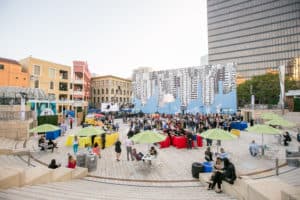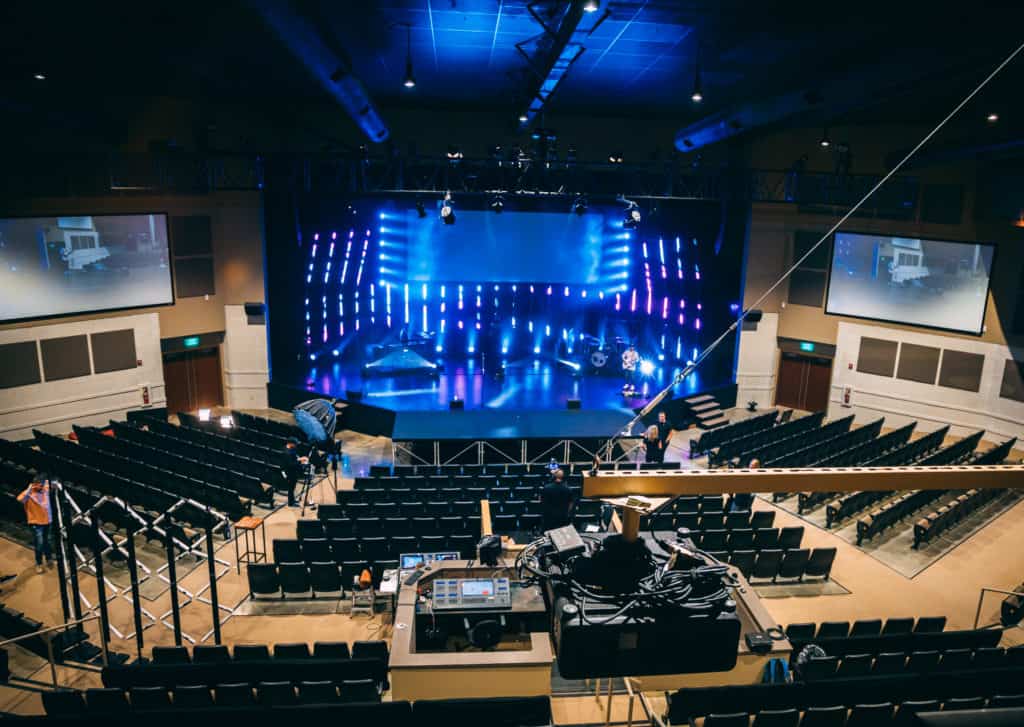Whether you are organizing a concert, a conference, or a summit, a well-designed stage can help to engage your audience, set the tone for the event, and make a lasting impression. In this article, we’ll guide you through the process of creating an unforgettable experience by sharing tips and tricks for designing a stage that wows your audience.
How to Design a Stage for an Event
Designing a stage for an event requires a platform that is both functional and visually appealing. In designing the stage for your event, you should consider basic steps such as:
- Determine the Purpose of the Event
- Determining the Size of the Stage
- Planning the Layout
- Choose a Color Scheme
- Selecting the Right Lighting
- Consider Audio and Visual Equipment
With each step in place, you can create an optimum environment that appeals to the audience and sets the scene for the event. However, it is important to note that implementing these steps will require creativity and strategic planning.
Why is Stage Design Important?
Stage design is an important aspect of event planning. That’s because it is the visual representation of the event and sets the tone for the entire experience. With a well-designed stage, you can captivate the audience, create an atmosphere of excitement and anticipation, and improve the overall impact of the event.
By implementing an excellent stage design, you can effectively convey the desired tone and atmosphere of your event through the clever use of props, lighting, and sound. This will enable the stage to serve as the centerpiece, with a prominent view for the audience.
Another important reason for a good stage design is to enhance the overall impact of the event by creating an ambiance that complements the event’s theme. As a designer, by combining visual and audio equipment alongside other elements that influence the scenery, you can engage the audience’s emotions, capture their attention, and provide an experience that can elevate your event and company brand.
Therefore, in designing a stage, you should ensure it remains the focal point of the event, one with no obstructions or distractions that can take away from the onstage performance. For example, in a corporate conference, a well-designed stage can create a sense of professionalism and authority, reinforcing the speakers’ message and helping to engage the audience.
In general, you should make sure that your design is in line with the event’s goals and objectives. To accomplish this, we are providing below a step-by-step guide for designing a stage for an event.
Step-by-Step Guide for Designing a Stage for an Event
Despite knowing the significance of the design of an event stage, designing one may be a complex process. However, with the right approach, you can create a well-designed stage that aligns with the occasion’s theme and impresses the audience.
Step 1: Determine the Purpose of the Event
The first step in designing a stage for an event is to determine the event’s purpose. This will help you determine the type of stage you need, as well as the features that are required for the event. Are you designing a stage for a concert? Are you preparing a stage for a product launch? Or an educational seminar? For example, if you are organizing a concert, you will need a stage that is large enough to accommodate the performers and their equipment and that is equipped with state-of-the-art lighting and sound systems.
On the other hand, if you organize a conference, you may need a more minimalist stage, focusing on audio and visual equipment, such as microphones and video screens.
Step 2: Determine the Size of the Stage
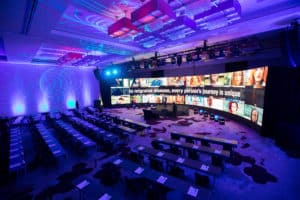
Once you have a clear idea of the event’s purpose, the next step is to determine the size of the stage. Consider the size of the audience, the number of performers, and the amount of space needed for additional equipment, such as lighting, sound, or special effects.
Working with a professional event production management company like Vario guarantees that all aspects of your event, including determining the overall dimensions of the stage and ensuring there is enough space to accommodate all event elements, are comprehensively taken care of. This ensures that you have everything you need for a successful event.
Step 3: Plan the Layout of the Stage
Decide where to place the performers, the speakers, the disc jockey booth, or any other elements required for the event. Think about the flow of the event and how people will move around the stage. This will help you to create a stage that is both functional and aesthetically pleasing.
Step 4: Choose a Color Scheme
A color scheme can be an effective way to create a consistent look and feel throughout the stage. Choose a color scheme that complements the event and its theme.
You can use lighting, fabric, and other materials to create a color scheme that is both eye-catching and coherent. For example, you might use red, white, and blue lighting to create a patriotic atmosphere or soft, muted colors to create a relaxed, calming environment.
Step 5: Select the Right Lighting
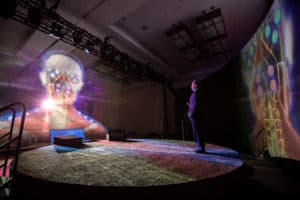 Light is an essential part of any design. It can help set the mood, create an atmosphere, and highlight key elements of the event. Make sure to choose appropriate lighting for the event and have enough lights to cover the entire stage. You might consider using spotlights to highlight individual performers or colored lights to create a specific mood or atmosphere.
Light is an essential part of any design. It can help set the mood, create an atmosphere, and highlight key elements of the event. Make sure to choose appropriate lighting for the event and have enough lights to cover the entire stage. You might consider using spotlights to highlight individual performers or colored lights to create a specific mood or atmosphere.
Step 6: Consider Audio and Visual Equipment
Ensure you have the right sound systems, microphones, speakers, and video screens to support the event. Consider the needs of the performers, the speakers, and the audience, and make sure that you have the equipment to accommodate them.
Frequently Asked Questions
What Are the Basic Elements of Event Stage Design?
The basic elements of event stage design include lighting, scenic elements, decor, audio/visual equipment, and furniture. These components are essential in the design and play a crucial role in setting the event’s aura.
What Makes a Good Event Stage Design?
A good design combines the following:
- Functionality
- Aesthetics
- Sound
- Adaptability
- Proper lighting to create a cohesive and impactful experience for the audience
Conclusion
As audio visual and event production experts, we understand that event stage design is a multi-faceted endeavor that requires careful consideration of various elements. It is our responsibility to ensure that the stage design is not only aesthetically pleasing but also in line with the event’s theme and purpose. To captivate the audience’s attention and make the event a memorable one, we recommend following industry guidelines and strategically implementing designs that enhance the overall experience. Trust our team to deliver exceptional stage designs that will exceed your expectations and leave a lasting impression on your audience.



